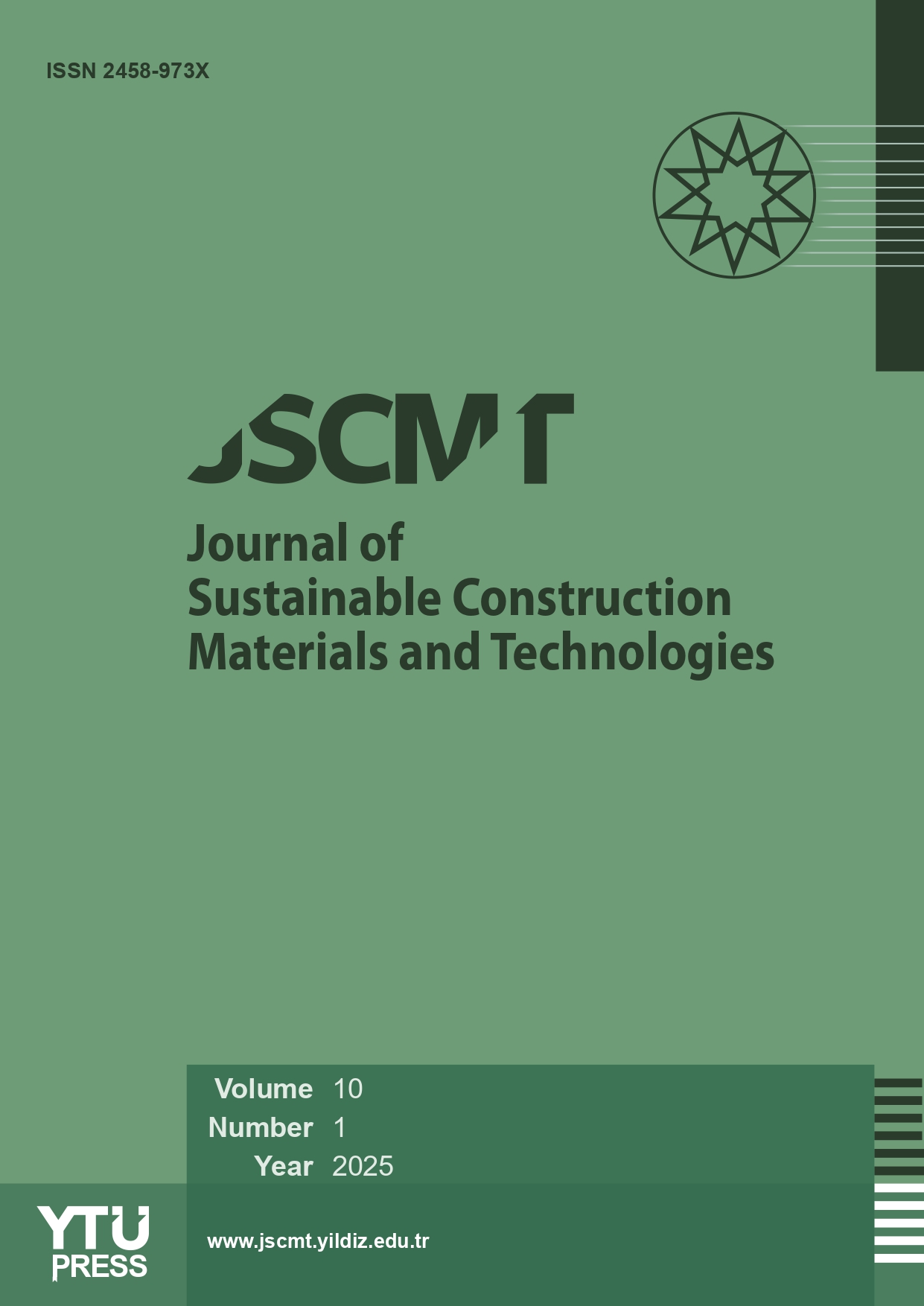2Department of Civil Engineering, Kano University of Science an Technology, Wudil, Nigeria
Abstract
The construction industry is considered to be among the major sectors that contribute significantly toward the emission of GHGs in our environment, which have a major effect on
the climate change, and is approximately responsible for about 19 percent of the overall GHG
emission globally, rendering it a pollution hotspot requiring urgent mitigation measures. Unfortunately, there are few studies on this subject to help construction companies meet their
low-carbon targets. As a result, this paper reviewed the contributions of researchers across the
globe towards carbon dioxide and other GHGs emissions from the industry. After a systematic
review of some of these studies, it was found that the majority of researchers focused primarily
on a specific feature of the construction industry, a case study of a particular country/city or
region, using the Life Cycle Assessment approach. And, even those who have studied similar
aspects such as cement or steel, have all used different methodologies, units, and techniques of
reporting. As such, a comparison between the findings of the literature is unrealistic. Despite
this, the scope of the emission from the construction industry is remarkably clear, and the
carbon findings can be found throughout the literature.
















